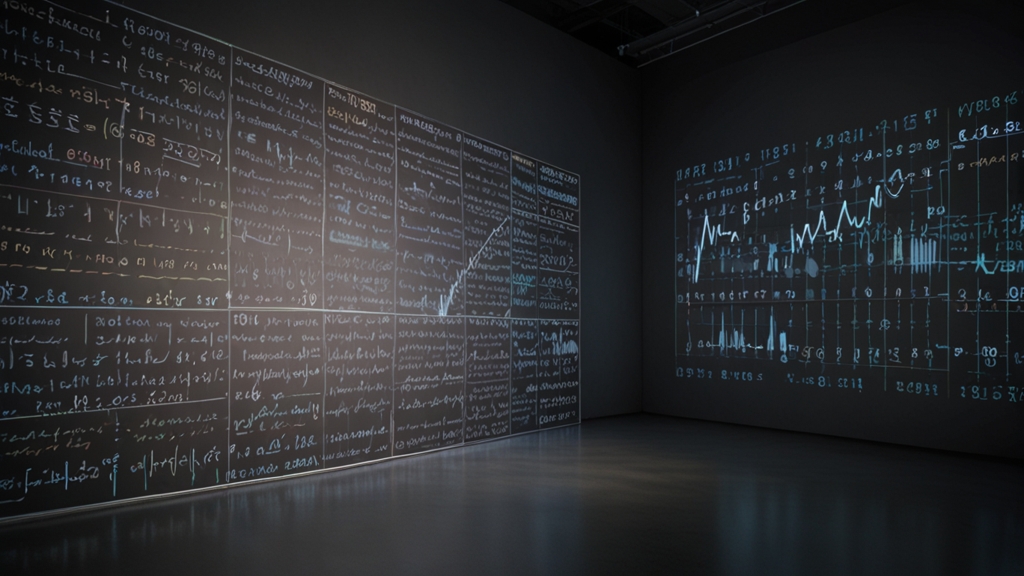Introduction
The figure of Jesus Christ has been central to Christianity and, by extension, to Western civilization, for nearly two millennia. Among the numerous aspects that render Jesus a unique and inspiring figure, his alleged miracles stand out. From turning water into wine to raising the dead, these acts have fascinated theologians, believers, and skeptics alike. However, the question persists: were these events indeed miracles, or were they manipulations—either intentional deceptions or exaggerations of natural occurrences?
The Nature of Miracles
In a religious context, a miracle is an extraordinary and welcome event that cannot be explained by natural or scientific laws, thereby attributed to divine intervention. The New Testament recounts various miracles performed by Jesus, such as healing the blind, walking on water, and even rising from the dead. For billions of Christians worldwide, these miracles are irrefutable proof of Jesus' divine nature and power.
Skepticism and Rational Explanations
Skeptics, however, argue against the validity of these miracles. They suggest that many of these events could have natural explanations or may have been symbolic stories meant to convey spiritual truths rather than historical facts.
"It is more likely that these stories are allegorical or symbolic tales rather than eyewitness accounts," claims Dr. Richard Dawkins, a noted evolutionary biologist and atheist.
For instance, some theologians and historians propose that the miracle of turning water into wine at the wedding at Cana could have been a symbolic act, emphasizing transformation and the arrival of the Messiah. Rationalists argue that walking on water might be a misinterpretation or embellishment of Jesus walking by the shore, creating an illusion of walking on water.
The Role of Faith
Faith plays a pivotal role in how one perceives these miracles. Miracles, by definition, are events that transcend rational explanation. Therefore, for believers, the very inexplicability of these events is what makes them divine. The miracles that Jesus performed are foundational to the Christian faith, providing a bridge between the human and the divine.
"Faith sees the invisible, believes the unbelievable, and receives the impossible," said Corrie ten Boom, a renowned Christian writer.
To accept these miracles often means to embrace a worldview that acknowledges a supernatural reality, something beyond the empirical and the tangible.
Historical and Cultural Context
Contextualizing Jesus' miracles within the cultural and historical framework of first-century Judea can provide additional insights. In a world where medical knowledge was rudimentary, the instantaneous healing of ailments would undoubtedly appear miraculous. The socio-political environment, fraught with Roman occupation and Jewish unrest, created fertile ground for messianic expectations, which could elevate ordinary events into tales of divine intervention.
Miracle and Manipulation in Modern Times
Modern-day miracle workers and magicians have also complicated the narrative. Figures such as illusionist David Blaine or even faith healers like Benny Hinn demonstrate that the line between miracle and manipulation can be thin and subjective. Advanced techniques in illusion and psychology can create events that seem supernatural, leading some to question whether similar tactics might have been employed in ancient times.
The Personal Impact
The ultimate test of the validity of Jesus' miracles might lie in their impact on individuals. For many, these stories offer hope, comfort, and a sense of connection to the divine. Whether viewed as literal events or symbolic stories, the power they hold in transforming lives and providing a moral and spiritual framework is undeniable.
"Miracles are not contrary to nature, but only contrary to what we know about nature," said Saint Augustine, encapsulating the bridge between faith and understanding.
Conclusion
Whether one views Jesus' miracles as divine acts or as manipulations, their influence on human history and individual lives is indisputable. The debate around their authenticity continues to inspire both faith and skepticism, compelling humanity to explore the realms of the known and the unknown. Ultimately, the interpretation of these miracles often says as much about the believer or skeptic as it does about the events themselves.













